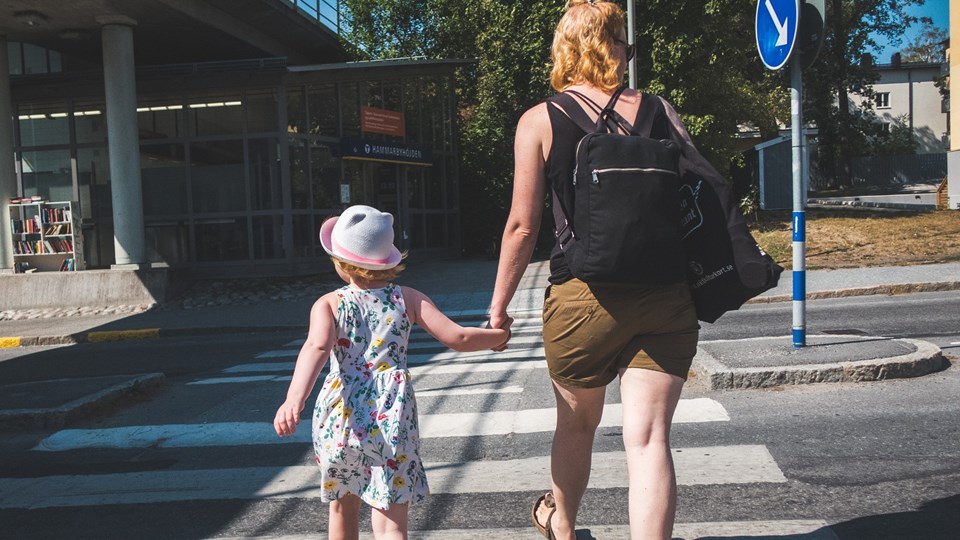What is the true price of travelling?
A trip can be made for pleasure or by necessity, on your spare time or when commuting to work. Your means of travel can make a big difference for the environment, no matter where you go..
Most of us travel every day to our jobs or our schools. Most often the trips are short, but there are many in the long run. Because of this, your choices of how to travel affect the environment.
– Looking at how you commute to work is one of the more important things you can do to lessen your own negative impact on the environment, says Örjan Lönngren, energy- and climate advisor at Miljöförvaltningen, the City of Stockholm´s Environment & Health Administration.
Looking at how you commute to work is one of the more important things you can do to lessen your own negative impact on the environment.
If you must travel by car, an electric car is a better alternative than gasoline- and diesel cars. The number of charging stations for electric cars increases by the month, and the goal for the City of Stockholm is to have 4 000 charging stations ready for the general public by 2022.
The wonderful vacation
Vacation and leisure travel is a different matter. To travel, discover new places and cultures, meet new people, and return home with new perspectives are vacation pleasures which are hard to give up.
– Your leisure travelling is most likely the largest part of your environmental impact that you can also affect the most, said Örjan.
Many people today can afford to fly. For a low price we can fly to any big city in Europe. But the emissions from one single trip can easily double your total environmental impact.
Keep travelling, but consider where and how you travel. If flying represents half of your negative environmental impact, it is a half that is easy to reduce.
Arne Jamtrot, department manager at Kemikaliecentrum, the department responsible for chemicals at the City of Stockholm´s Environment & Health Administration, agrees.
– Many object to this by saying that the emissions from air traffic only represent a very small percentage of the world´s total emissions. This is true, but it represents an enormous part of the emissions from one single individual. Keep travelling, but consider where and how you travel. If flying represents half of your negative environmental impact, it is a half that is easy to reduce. The other half, emissions that come from living, heating, energy and consumption, is harder to change.
Is it really possible to compensate for the trip?
Many travel companies offer to make climate compensations for trips, like planting trees in other parts of the world.
Emissions from flying remain at high altitudes and can stay there for 100-150 years. This you cannot compensate for, even during your whole lifetime.
For those who still feel compelled to fly, climate compensation is relatively cheap compared to the cost of air plane tickets. Örjan recommends to choose a form of compensation that really makes a difference.
– The UN has a “golden standard” system. Choose a way of compensation from there. It´s a third party system where the compensation is made in cooperation with local peoples. Unfortunately, there are examples of operations of compensation where the western world has dived into places and said: “let´s plant trees here”, despite the local use of the land as pasturage.

